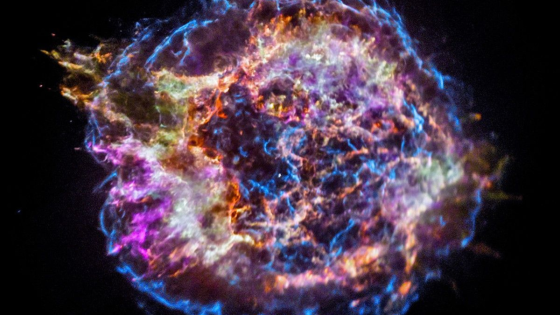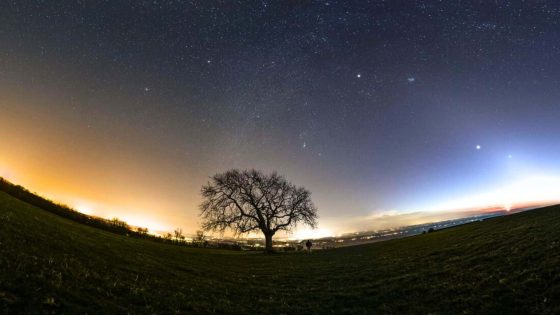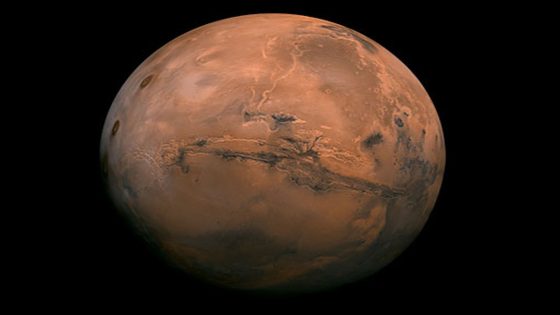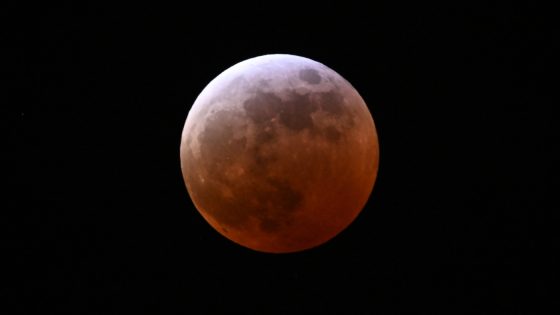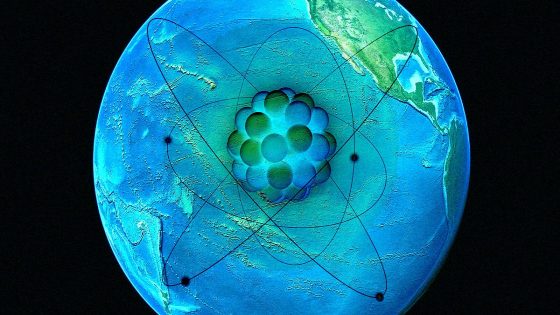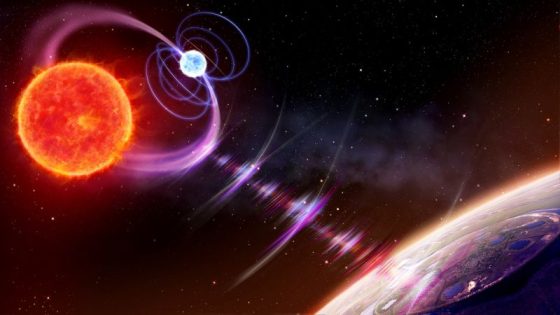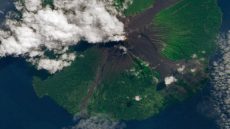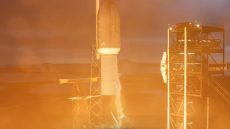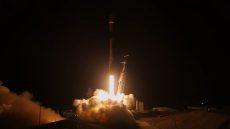New research suggests that explosive supernova deaths of massive stars may have triggered two major mass extinction events on Earth. This study highlights how these cosmic explosions, occurring within 60 light-years of our planet, could have severely impacted our atmosphere, leading to increased ultraviolet radiation exposure. Could the universe’s most powerful events be linked to life on Earth?
- Supernovae may trigger mass extinction events.
- Nearby supernovae could deplete Earth's ozone layer.
- Research aligns supernova timing with extinctions.
- Cosmic rays from supernovae cause ozone damage.
- Study estimates supernova rates in galaxies.
- Massive stars create and destroy life.
How Supernovae May Have Influenced Earth’s Mass Extinctions
Could the death throes of massive stars be responsible for wiping out life on Earth? The research reveals a striking correlation between supernova events and two significant mass extinctions: the Devonian and Ordovician extinctions. These cosmic explosions might have played a pivotal role in altering Earth’s atmosphere.
The Link Between Supernovae and Earth’s Extinction Events
Supernovae are among the most energetic phenomena in the universe. Researchers found that the timing of these explosions aligns with two major extinction events in Earth’s history. Here’s what they discovered:
- Supernovae can strip away the ozone layer, exposing life to harmful UV radiation.
- The late Devonian extinction occurred around 372 million years ago, impacting various marine species.
- The Ordovician extinction, about 445 million years ago, wiped out 85% of marine life.
- Both events may be linked to ozone depletion caused by cosmic rays from nearby supernovae.
Understanding the Impact of Supernovae on Earth’s Atmosphere
Supernovae release high-energy radiation that can disrupt atmospheric conditions. This radiation can break apart ozone molecules, leading to a significant loss of protection from the sun’s harmful rays. The study emphasizes the delicate balance of life on Earth and how cosmic events can drastically alter this balance.
The Frequency of Supernovae and Their Potential Threat
Research indicates that one to two supernovae occur each century in galaxies like the Milky Way. Within 60 light-years of Earth, the estimated rate is about 2 to 2.5 supernovae per billion years. This frequency raises questions about the potential risks posed by nearby stellar explosions, especially in relation to past extinction events.
Future Implications of Supernova Research
As we continue to study the cosmos, understanding the effects of supernovae on Earth is crucial. This research not only sheds light on our planet’s past but also helps US prepare for future cosmic events. How might these findings influence our approach to studying life on other planets?



